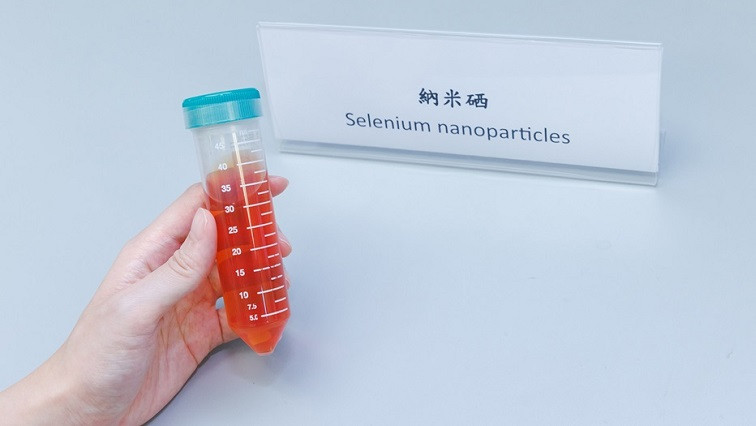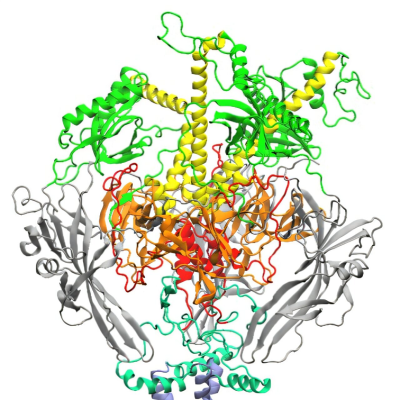The latest research findings were recently published in Journal of Functional Foods. This patented nanotechnology has also gained wide recognition, leading to various national and international awards, including the Ministry of Education’s Higher Education Outstanding Scientific Research Output Awards (Science and Technology) 2020: Second-Class Award in Technological Innovation.
Selenium (Se) is an essential trace mineral for human health, playing important roles in many physiological functions. In the past decades, substantial evidence has demonstrated that Se deficiency is detrimental to bone microarchitecture and is associated with osteoporosis, suggesting its crucial role in bone metabolism. Recently, selenium nanoparticles (SeNPs) have become a new target of research, since they were found to possess remarkable bioactivity and lower toxicity compared to selenocompounds commonly found in foods. However, scientific research concerning their effects on bone health is currently very limited.
Cordyceps sinensis (Berk.) Sacc. is a medicinal fungus which has been long used as a tonic and therapeutic agent. By using polysaccharide–protein complexes (PSPs) isolated from the C. sinensis mycelium (Cs4) and a previously patented nanotechnology, the research team has recently prepared novel selenium nanoparticles with a uniform structure and high stability (Cs4-SeNPs).
In experiments using pre-osteoblast murine MC3T3-E1 cells, the research team demonstrated that Cs4-SeNPs were taken up rapidly and efficiently by the cells. Treatment with Cs4-SeNPs (10µM) increased proliferation of the MC3T3-E1 cells and promoted their differentiation to mature osteoblasts. Enhancement of bone mineralization of the MC3T3-E1 cells was also observed, indicating the promoting effect of Cs4-SeNPs on new bone formation. Further investigation of their action mechanism revealed that Cs4-SeNPs induced the production of physiological levels of reactive oxygen species to trigger osteoblast differentiation. Interestingly, comparison of these effects with those of common selenocompounds found that only Cs4-SeNPs showed significant osteogenic activity, and it was less toxic to the cells.
More importantly, Cs4-SeNPs (25-500μg/kg BW/day) exhibited promising in vivo bone protective efficacy against OVX-induced osteoporosis by promoting bone formation, inhibiting bone resorption, and improving bone microarchitecture after oral gavage for 6 weeks.
The team is currently working with local industry partners to bring the resulting health food products to market. Prof. Wong said, “The novel nano-mineral Cs4-SeNPs has a wide spectrum of health promotion and disease prevention applications, not just for postmenopausal osteoporosis management. Apart from developing a high-quality, safe and evidence-based bone protective agent to improve the quality of life of postmenopausal osteoporosis patients, our team is now investigating the effects of Cs4-SeNPs on treating Parkinson’s disease and more. We hope to tap into its potential biomedical value through interdisciplinary collaboration, thus further promoting research and applications in related fields.”
Read the original article on Hong Kong Polytechnic University (PolyU).







